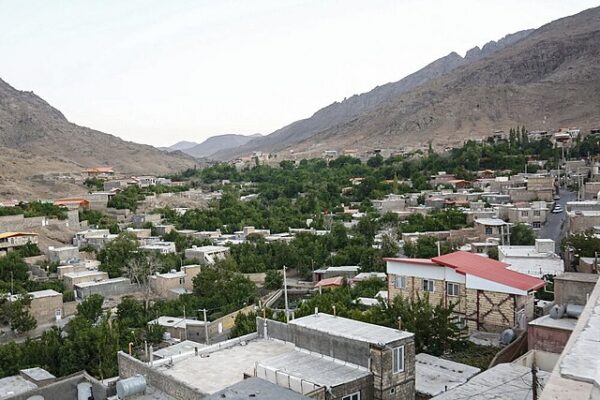President Donald Trump signaled a decisive shift in U.S. posture toward Iran on Monday, rejecting the notion of further negotiations and insisting that only a permanent end to Tehran’s nuclear ambitions will suffice.
“We’re looking for better than a ceasefire,” he told reporters on Air Force One during his overnight flight back to Washington. Asked what would entail, he said, “An end. A real end. Not a ceasefire. An end… Or giving up entirely. That’s okay too.”
President Trump aboard Air Force One last night after leaving the G7: "We're not looking for a ceasefire…we're looking for better than a ceasefire…"
Q: "What are you looking for?"
Trump: "An end. A real end. Not a ceasefire. An end." pic.twitter.com/2iJ66krghE
— CSPAN (@cspan) June 17, 2025
His remarks, delivered with characteristic bluntness, came as Israeli warplanes continued striking Iranian nuclear infrastructure, prompting speculation about possible U.S. military involvement. For Trump, the crisis demands clarity—not compromise. “It’s very simple,” he said. “Iran cannot have a nuclear weapon. It’s very simple.”
The president’s message was reinforced by new U.S. military deployments to the region, according to The Times of Israel. While the Pentagon framed the moves as precautionary, the buildup reflects rising concern over Iran’s escalatory behavior and the limits of Israeli capabilities.
Secretary of Defense Pete Hegseth, speaking to Fox News, reiterated the administration’s preference for deterrence backed by overwhelming force. “This is peace through strength,” Hegseth said. “We’re not looking for war—but we won’t be caught unprepared.”
Hegseth on Iran: What you are watching in realtime is peace through strength and America first pic.twitter.com/VCltxNUM0q
— Acyn (@Acyn) June 17, 2025
At the center of the military calculus is Fordo—the subterranean uranium enrichment site Iran has shielded beneath mountains of rock. Despite repeated Israeli strikes, Fordo remains intact, fueling calls for American intervention using specialized bunker-busting munitions that only the U.S. possesses. The GBU-57 Massive Ordnance Penetrator, in particular, has emerged as a potential tool should Trump authorize deeper involvement.
Yet the president remained noncommittal on next steps, giving space to negotiate with the Islamic regime.
Iran continues to deny any intent to develop nuclear weapons, but the International Atomic Energy Agency reports that uranium enrichment levels now far exceed civilian thresholds—and that Iranian officials have systematically impeded inspections. As Israeli airstrikes intensify and Iranian missiles fly in response, the prospect of a broader regional war inches closer to reality.
For now, Trump is returning to Washington for high-level consultations in the White House Situation Room. No formal plans for U.S. strikes have been confirmed. But the message from Air Force One was unmistakable: if Iran continues down its current path, the full might of American force is not off the table.








